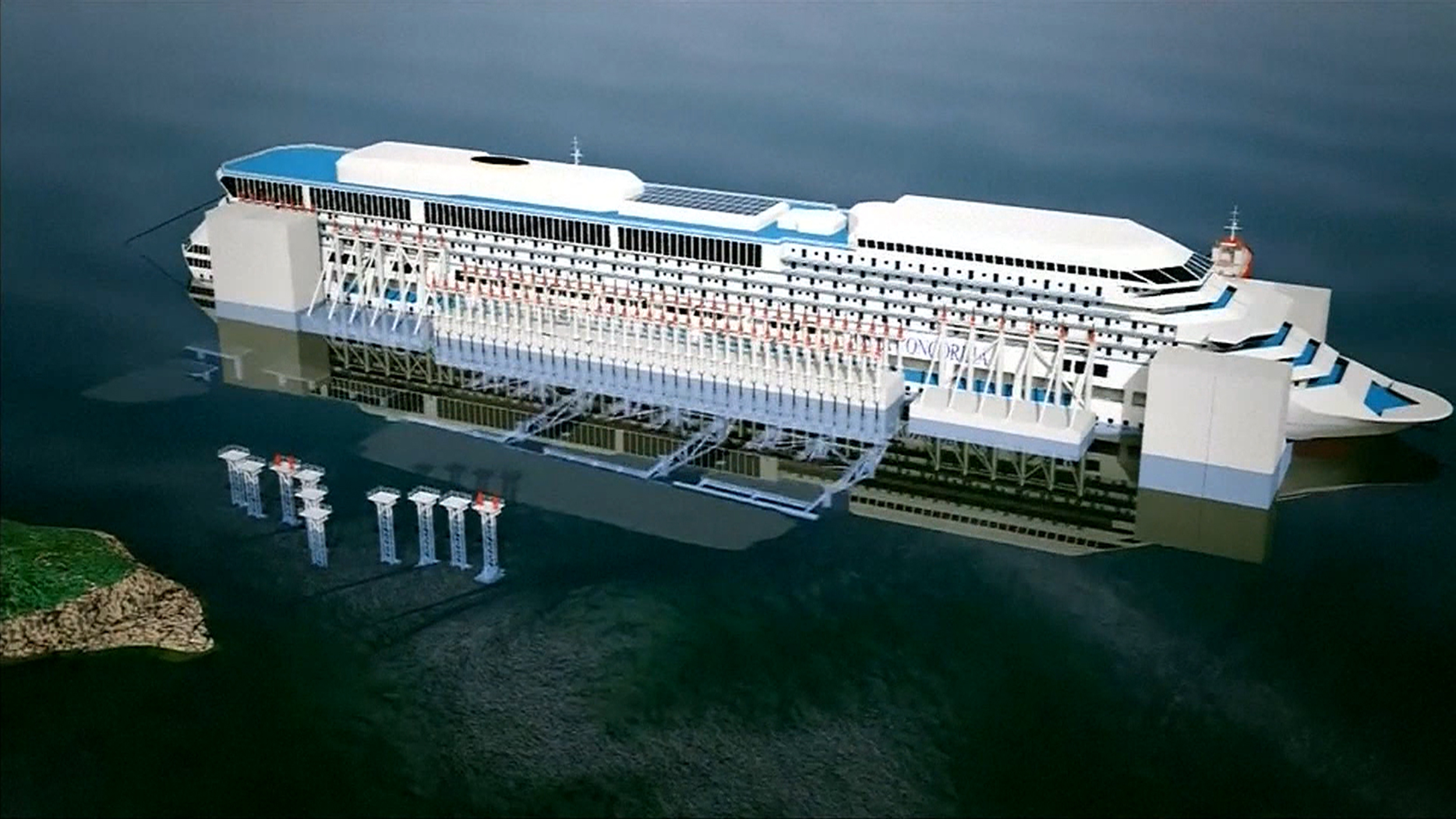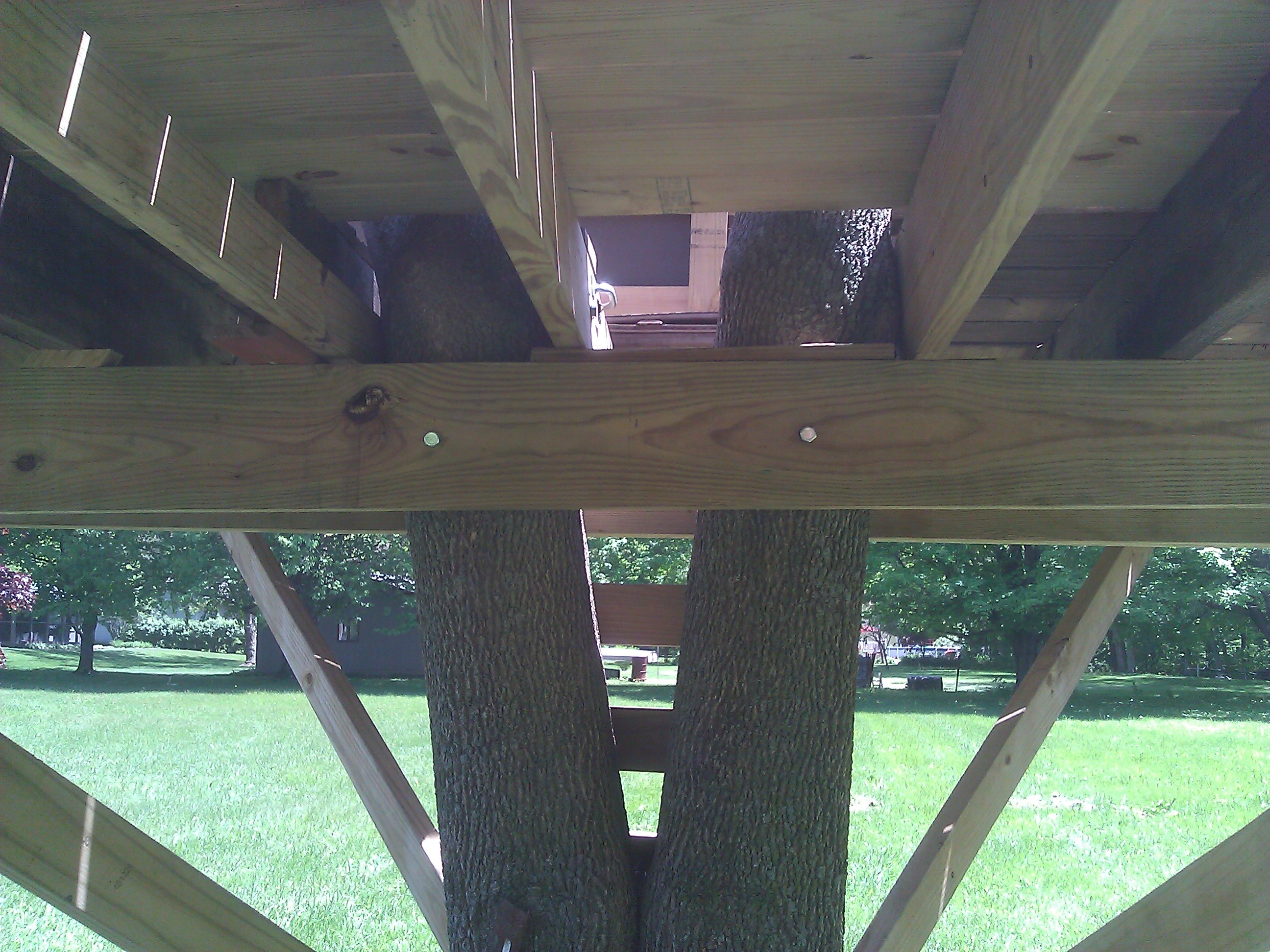Table Of Content

It also needs to stay upright while sailing through the water in various conditions, and this is where it gets a lot more interesting. The idea of a cruise generally means sunny skies, and such ships will change their ports of call to avoid large storms or hurricanes, Collette said. Regardless of the circumstances, the ship eventually sank as it took on water. As the ship took on water, its average density rose until it could no longer float.

Best time to book a Cruise
Sometimes, objects fall over due to gravity pulling them into the earth. For example, if you drop a ball from the roof of a building, it falls straight down until it hits the ground. However, if you throw the same ball up high, it won’t hit the ceiling unless someone catches it before it does.
How Do Cruise Ships Float? The Science Behind Their Buoyancy
The choice of materials helps keep the ship lightweight and is a reason why cruise ships don’t tip over. The more airspaces and less dense the cruise ship can be made, the less chance it has of sinking. While a cruise ship’s weight equals the water it displaces, it will not sink. This is in contrast to many ships with V-shaped hulls that almost bounce on the waves compared to U-shaped cruise ships that move in a much flatter stable motion. Even though cruise ships weigh thousands of tonnes, because they are not dense objects, they will float if they displace enough water equal to their weight, they will float. By now, you should be able to answer “how do cruise ships float?
How Cruise Ships Stay Afloat?
Once the weight of the ship is more than the weight of the water it displaces, it will start to sink, but as it does so, it will displace more water. To understand this concept, fill a glass of water right to the top. If you place an object into the water, some water will be displaced and fall over the sides of the glass. The same thing happens in the sea, the water is pushed to either side of the ship, it’s displaced. The ship’s enormous weight is spread over an equally colossal volume (and it’s not solid like a nickel). This is because of its density, the stone weighs more than an equal volume of water.
Two Forces Meeting
While the movement looks effortless, there is a great deal of engineering beneath the surface keeping it afloat. Boats have a "v-hull", which means if you took it out of the water and looked underneath, the bottom resembles the letter "v". That being said, only 22 ships have sunk in the past 100 years, with most of those incidents in the first half of the 20th century — and very few in recent decades. Many of these accidents have been while berthed or being towed, with no passengers onboard and no loss of life.
It is not possible to alter the location of a ship’s center of gravity, which serves as the focal center point for gravity’s pull downward. As a result, the hull of a cruise ship is often formed like a U. A ship’s mass may range anywhere from a few thousand to hundreds and thousands of tonnes. Since steel is far denser than water, one may reason that large ships made of steel would be doomed to sink. To put it another way, while a cruise ship is at anchor in the sea, it creates space for its bulk by pushing water outward and downward in all directions.
New TUI Cruises Ship Floats Out at Shipyard - Cruise Hive
New TUI Cruises Ship Floats Out at Shipyard.
Posted: Fri, 01 Dec 2023 08:00:00 GMT [source]
Stay connected
The point where the piece of cardboard would sit in perfect balance on the tip of the pin, is its centroid. Basically, the ability of a cruise ship to float is due to a combination of factors, including buoyancy, hull shape, weight distribution, construction materials, and safety features. These elements work together to create a vessel that can travel across vast distances and carry thousands of passengers and crew members in safety and comfort.
Why do some objects sink?
From the innovative designs of Royal Caribbean International to the tragic sinking of the Titanic, these ships have left a lasting impact on the industry and continue to shape its future. The Titanic is one of the most famous cruise ships in history. It was built in 1912 and was considered one of the most luxurious and advanced ships of its time. However, it’s tragic sinking on its maiden voyage has made it an infamous ship. The Titanic’s sinking was caused by hitting an iceberg, which caused the ship to sink and resulted in the loss of over 1,500 lives.
The 10 Biggest Cruise Ships in the World - Reader's Digest
The 10 Biggest Cruise Ships in the World.
Posted: Tue, 19 Mar 2024 07:00:00 GMT [source]
When an object gets too close to the planet, it starts falling faster and faster. Eventually, it reaches escape velocity and becomes free-falling. Once it leaves Earth’s gravitational pull, it continues moving forward without slowing down.
So how do cruise ship engineers achieve buoyancy during construction? The solution is simple – they choose lightweight, sturdy materials and disperse the weight of the ship across the hull, which we’ll explain in more detail later. In summary, cruise ships are designed to move through the water by using engines and propellers. The motion of the ship can be affected by the ocean itself, the open ocean, and ocean waves. To counteract this motion, cruise ships are equipped with stabilizers that help to reduce the ship’s motion. To maintain stability, cruise ships are equipped with stabilizing systems that counteract the rolling motion caused by waves.
Overall, the science of stability is a crucial aspect of cruise ship design and operation. The weight of water a ship displaces gives it buoyancy – a force acting against gravity on a body immersed in liquids or gases. This force is caused by the displacement, or pushing aside, of the surrounding medium (water) and corresponds to the weight of the deformed fluid. This relation between an object and the fluid it is immersed in is known as the Archimedes’ Principle.
Finally, cruise ships are equipped with a range of safety features to ensure that they remain afloat in the event of an emergency. For example, they are fitted with watertight compartments that can be sealed off in the event of a breach in the hull. This prevents the water from flooding the entire ship and causing it to sink. Secondly, cruise ship hulls have varying centers of buoyancy by design. Each comes with a centerline, usually resting flat underwater. If the wind or other forces push on the cruise and it tilts, the hull’s design shifts the boat’s center of buoyancy back beyond the centerline.
If there is too much resistance at any point along the length of the hull then the wave energy cannot pass through and so creates more pressure against the side of the boat. This results in increased stress on the structure and ultimately leads to structural failure. So even though they aren’t technically floating, they still depend on the same principle behind being able to float. One of the most common questions in the cruise industry is how a cruise ship floats in water. Read the article below to find out why and what factors affect how a cruise ship floats. "We have learned how to design and build large ships successfully," said Miller, the engineer with the U.S.
The ships are known for their innovative designs and features, such as rock climbing walls, ice skating rinks, and surf simulators. Royal Caribbean International is also known for its commitment to sustainability, with a focus on reducing its environmental impact. This allows for a smooth change in the center of buoyancy as the ship rolls to either edge. Regardless of the ship’s size, the shift in its center of buoyancy is what truly benefits righting the vessel and returning it to its upright posture. Having said that, in order to have a complete comprehension of this idea, one must initially be aware of the differences that exist between a ship’s center of buoyancy and its center of gravity.
The ship layout can also have a big impact on the centre of gravity, water displacement and mass. When a cruise ship is placed in water, it displaces an amount of water equal to its own weight. This displaced water creates an upward force that counteracts the downward force of the ship’s weight, allowing the ship to float.

No comments:
Post a Comment